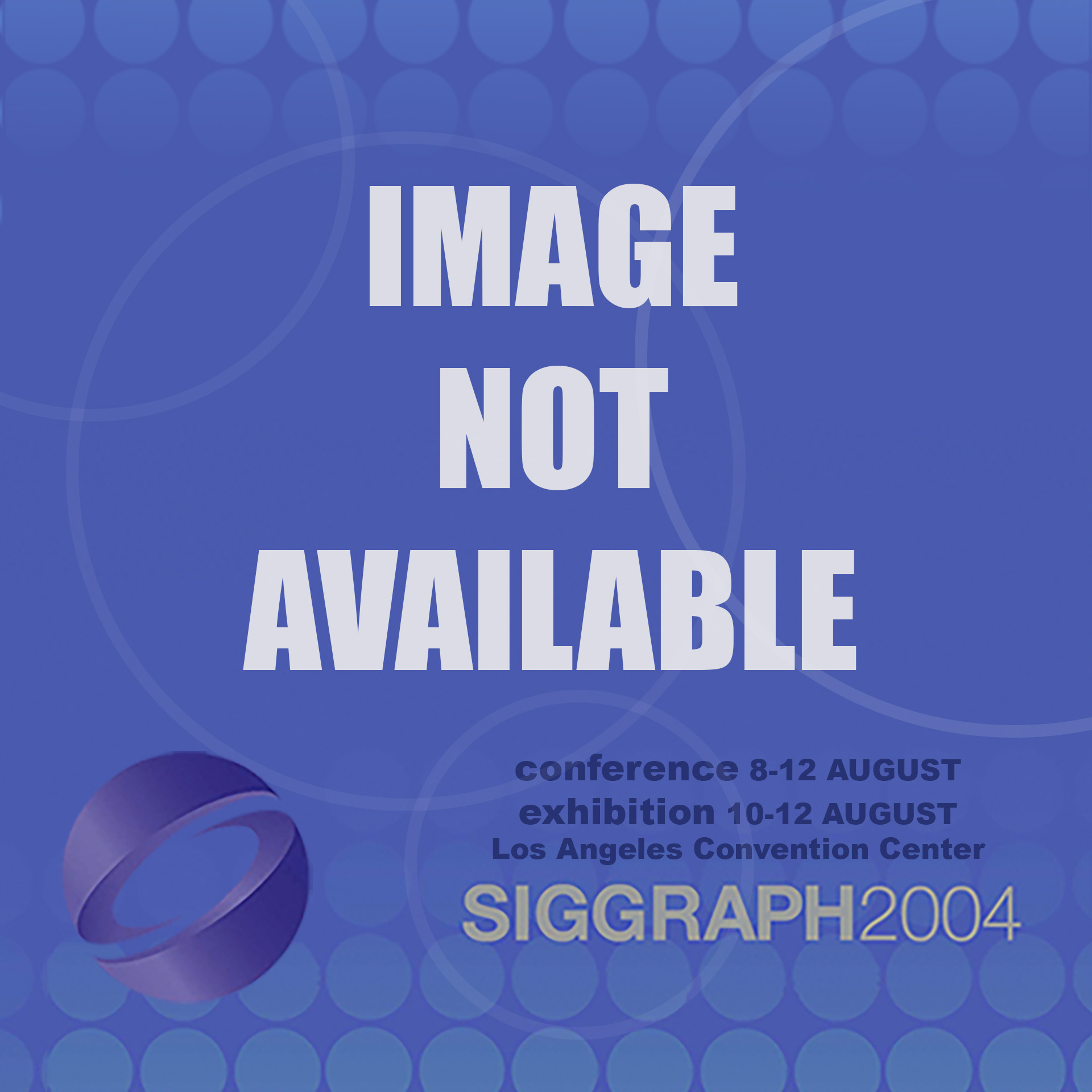“Building The Virtual Reality Instructor” by Doswell
Conference:
Type(s):
Title:
- Building The Virtual Reality Instructor
Presenter(s)/Author(s):
Abstract:
Building virtual reality instructors as 3D-animated characters that behave autonomously in networked virtual environments, responds to multi-modal input across computer networks, interact with human learners using context-aware intelligence, and apply proven pedagogical techniques during instruction exemplify the potential to provide human learning anytime, anywhere, at any pace. However, building a virtual reality instructor poses significant challenges for researchers due to interdisciplinary expertise required in areas such as cognitive science, sociology, computational humanities, artificial intelligence, 3D computer graphics, linguistics, and more.
Like a virtual instructor, a Pedagogical Embodied Conversational Agent (PECA) provides tailored instruction to human end-users. However, it pays special attention to human learning characteristics such as learning styles, empirical pedagogical techniques, human emotion, and other human characteristics that impact and elevate learning. A PECA is derived from research on Embodied Conversational Agents (ECA) s, which are three-dimensional (3D) representation of human-like characters and conversational in their behavior. Like ECA systems, PECA system implementations are composed of several real-time, multithreaded components that together provide a realistic multi-modal interface for human computer interaction. These interoperable software components may combine multi-modal input processors, multilingual dialogue generators, non-verbal dialogue generators, natural language processors, face recognition systems, gesture recognition systems, knowledgebase/expert systems, real-time 3D graphics processes/generators, among other components.





